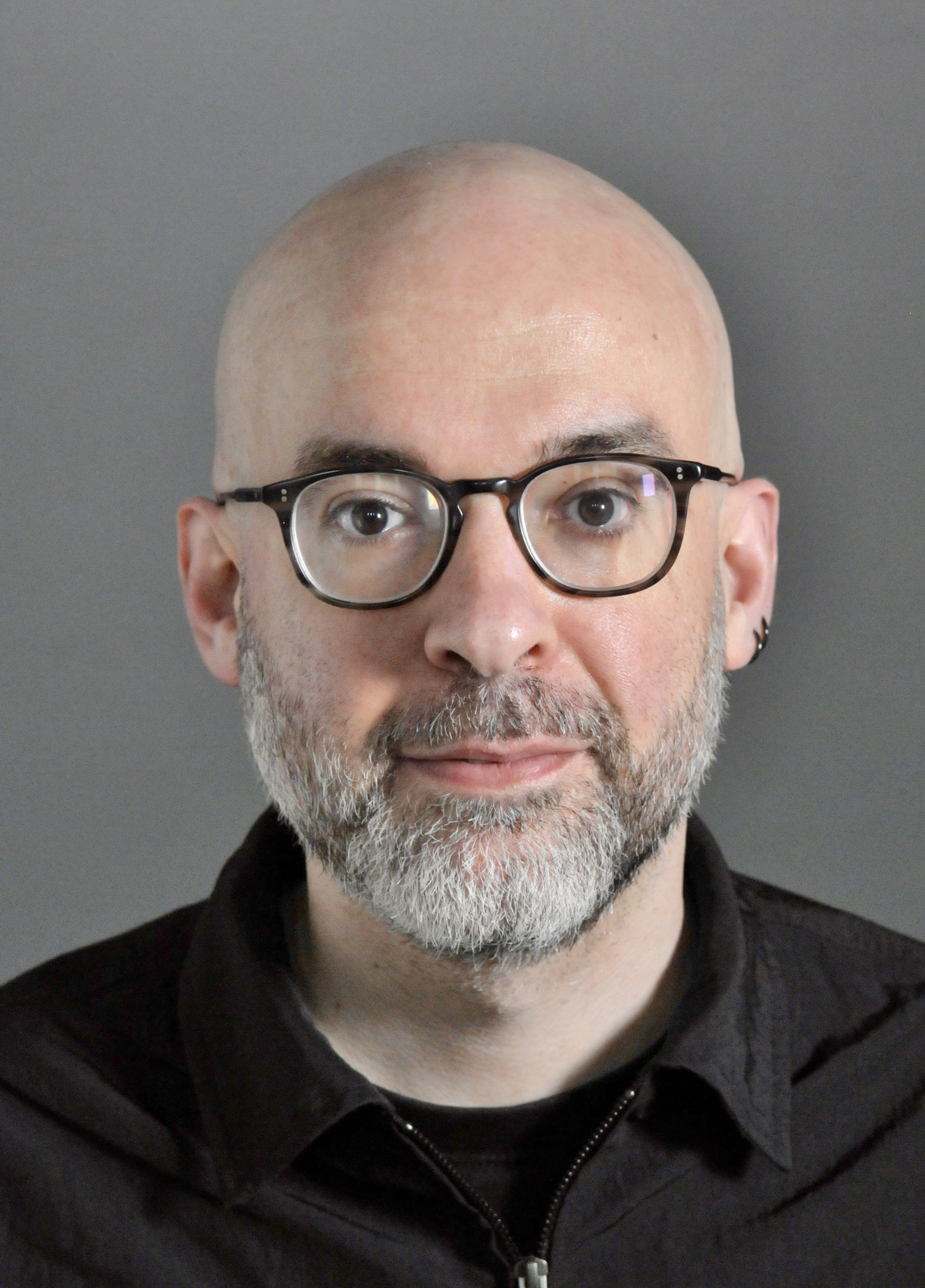This section from Andrew Chadwick’s The Hybrid Media System reminds me of a discussion about ‘slow’ and ‘fast’ we’ve been having at the Accelerated Academy. Even obviously problematic dichotomies should not easily be dispensed with because they can be used to capture interactions between changing elements, as opposed to tracking a linear substitution of one element by another. As he writes on pg 4 of the deep interaction between old and new media:
We require a holistic approach to the role of information and communication in politics, one that avoids exclusively focusing either on supposedly “new” or supposedly “old” media, but instead maps where the distinctions between newer and older media matter, and where those distinctions might be dissolving. Older and newer are relative terms. We need to understand how newer media practices in the interpenetrated fields of media and politics adapt and integrate the logics of older media practices in those fields. We also need to understand how older media practices in the interpenetrated fields of media and politics adapt and integrate the logics of newer media practices. This requires a perspective that discusses the systemic characteristics of political communication, but such a perspective must, I believe, be firmly rooted not in abstract structural prejudgments, but in empirical evidence and specific illustrations of these forces in flow. This task is all the more important because it is clear that media systems in Britain, the United States, and around the world are in the middle of a chaotic transition period induced by the rise of digital media.
On pg 31 he elaborates upon this with the example of how television produced a complex interaction with ‘older’ forms of media rather than straight forwardly replacing them:
While the evolution of media has most often been presented as a linear history in which one medium replaces another, only to be replaced by another, and then another that better jells with societal demand (see for example Levinson, 1998), this linearity does not adequately capture the messiness, complexity, and long duration of the transitions. Older media practices can renew themselves in response to the new. Technologies may possess socially useful affordances that enable their persistence. It is often noted that as television diffused in the United States during the 1950s, cinema attendance declined massively, halving in less than a decade (Briggs & Burke, 2009: 212). But despite the threat from television, radio, with the help of the new electronic transistor, underwent a significant period of adaptation and expansion. Stations proliferated and advertising revenues increased, with the result that the U.S. Federal Communications Commission (FCC) decided to restrict the granting of fresh radio licenses in 1962 (Briggs & Burke, 2009: 209). It became apparent that radio’s affordances were different from those of television, cinema, and newspapers. Like television, radio was a monitorial, real-time medium, but listening to radio was a more intimate and individual experience than viewing, and it was cheaper to produce content for the radio than for television.
